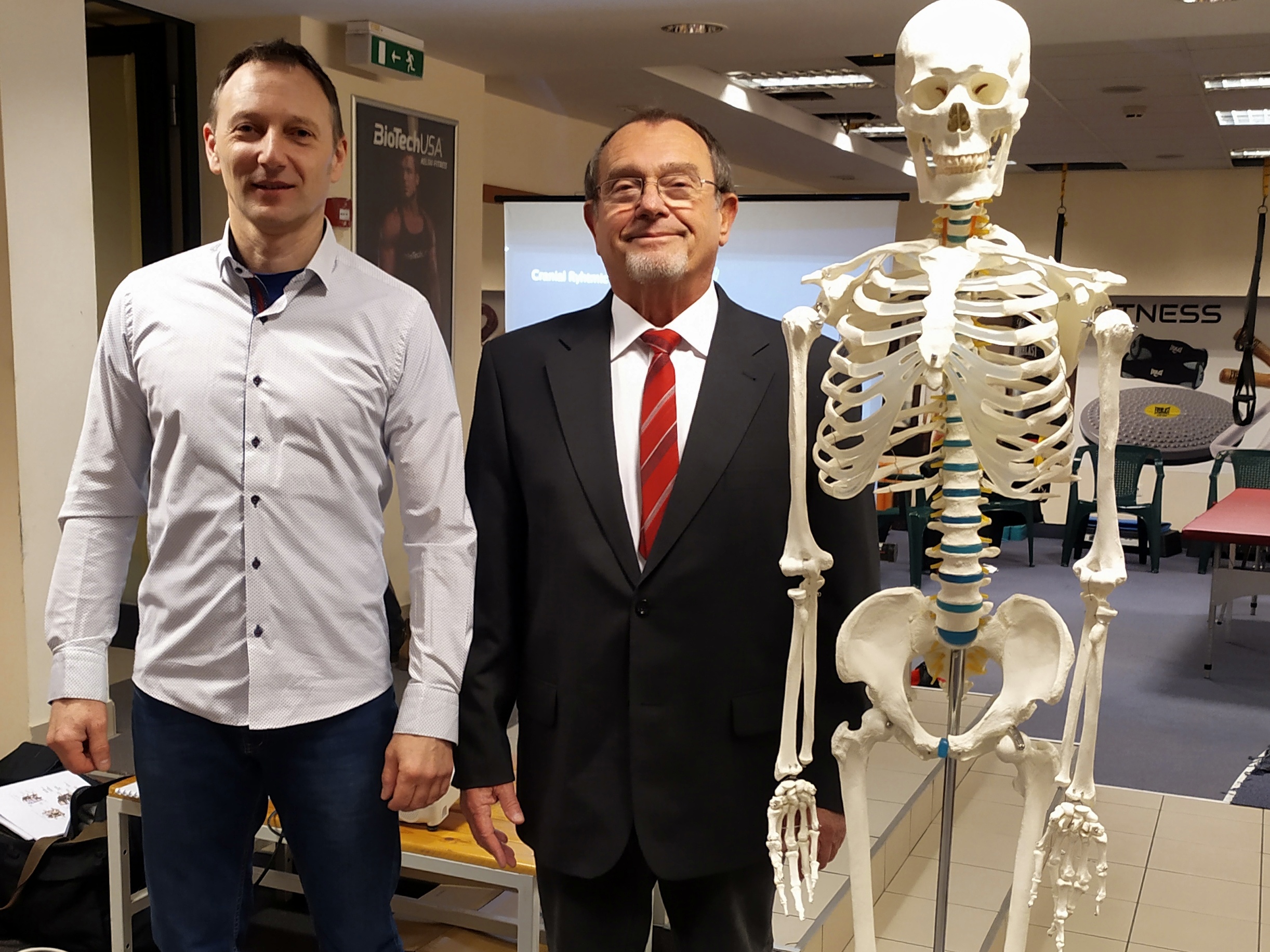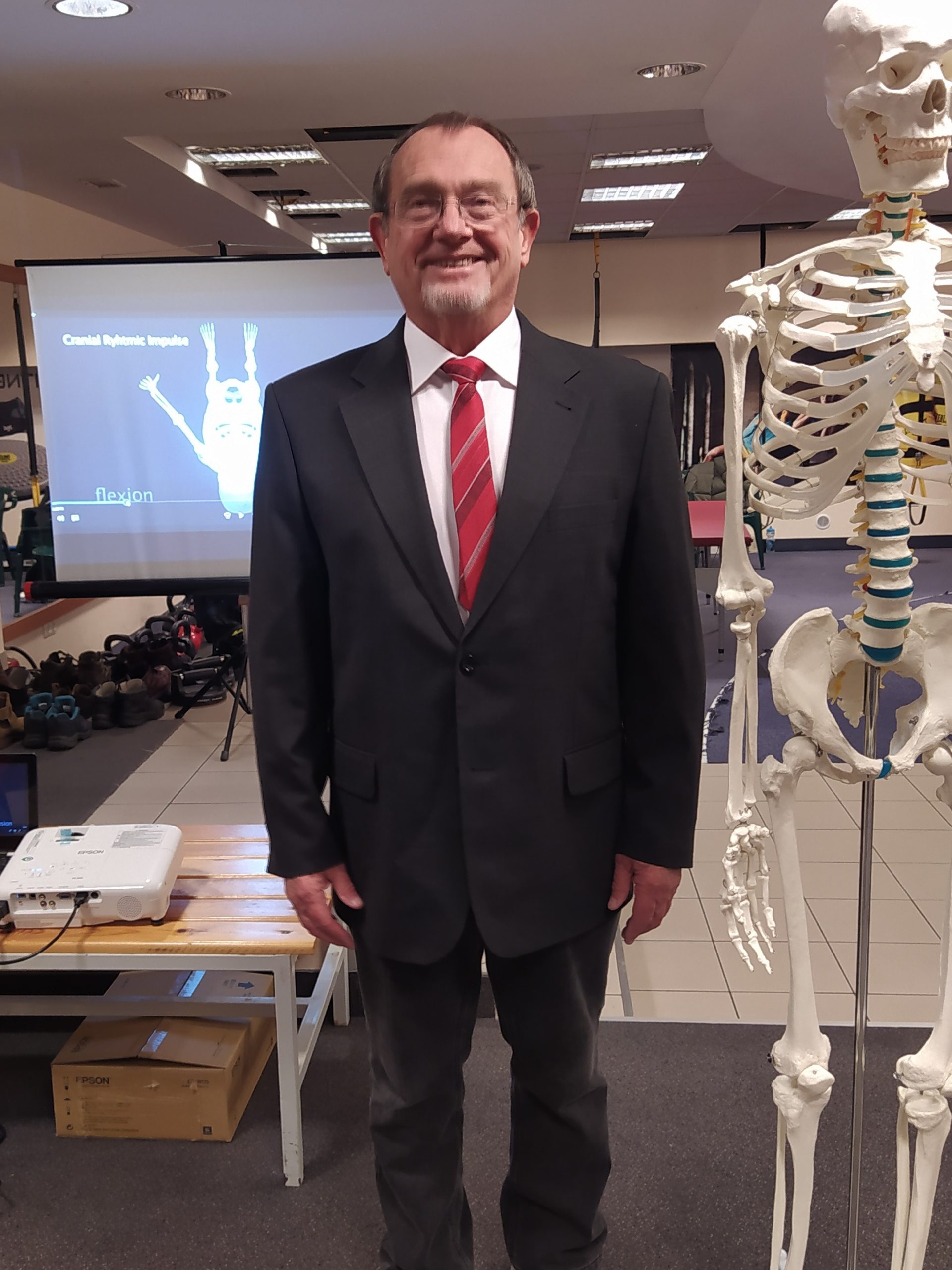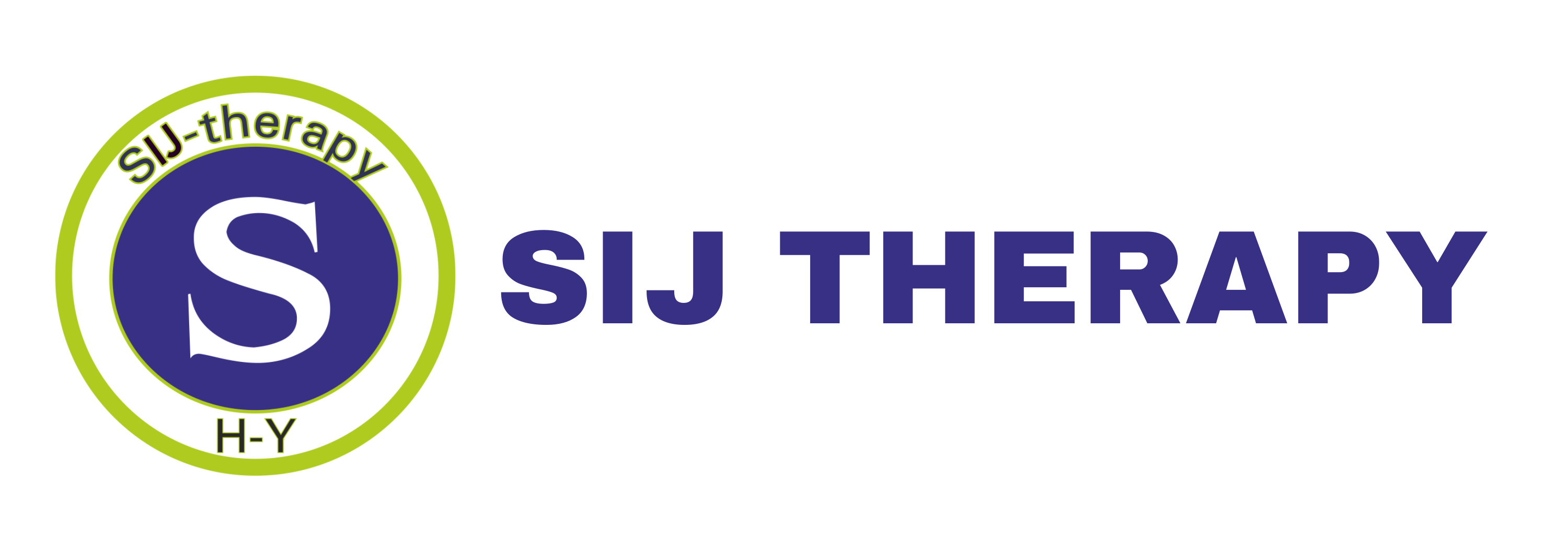SIJ-Therapy
Pain-free, Japanese spinal treatment, unique in Europe
What is SIJ-Therapy?
It is an entirely painless Japanese spine treatment!
SIJ-Therapy is a painless Japanese spine treatment focusing on the central joint of our body, the sacroiliac joint (SIJ), that connects the sacrum and ilium. The primary muscles of our body, both below and above the hips, are closely associated with the pelvis.
The sacrum connects to the skull at the front through the anterior longitudinal ligament and at the back through the posterior longitudinal ligament, regulating both forward and backward bending.
This is why SI joint dysfunction significantly affects disc herniation, the hip joint, piriformis syndrome, sciatica, and breathing. It can even lead to swallowing disorders. When most people hear about lower back pain, they often associate it with a herniated disc. However, in many cases, the pain radiating down the leg or the limb also subsides after mobilising the SI joint.
Ingeniously developed in Japan, this method is designed to treat spine and musculoskeletal problems. The treatment is widespread in the island country, and its effectiveness is such that it stands out as one of the most efficient treatments.
It is still less well-known in Europe today; however, more and more therapists, including massage therapists, doctors, physiotherapists, and other manual therapists, are studying it and using it in their treatments.
The goal of the treatment is to mobilise the joint between the sacroiliac joint and release the tension in the joint, thereby reducing or eliminating back pain. According to Professor Hakata (who developed this treatment in Japan), most of the time, the SI joint is blocked and not functioning well, which causes lower back pain. In many cases, lower back pain remained even after spinal hernia surgery, thus prompting research into the cause. The conclusion was that the pain originated in the SIJ, which was dysfunctional. The treatment aims to alleviate dysfunction by mobilising the joint.
This is not chiropractic treatment; the joint is only moved by 2-3 mm during the session. It is entirely painless and takes a relatively short time. It is pain-free and a highly gentle treatment suitable for almost anyone.
Originating from Fukuoka, Japan, and further refined with the expertise of Dr. Géza Nagy, a neurologist and manual therapy instructor, it has proven highly effective.
The goal is to disseminate this knowledge throughout Europe through regular courses, enabling practitioners to address lower back pain more effectively and comprehend the significant role of the SIJ function. The treatment’s potential extends to relieving shoulder, knee, or neck pain by addressing SI joint blockages and related issues such as piriformis syndrome and sciatica.
What Do You Need to Know About SIJ Therapy?
Founders of SIJ-Therapy

Csaba HORVATH
Co-Founder and Instructor of SIJ-Therapy

Due to my wife being Japanese, I have had multiple opportunities to explore Japanese treatment methods during our trips to Japan. In Fukuoka, I learned about the AKA treatment, which is still relatively unknown in Europe. While I found this method highly effective, I noticed that the techniques significantly strained therapists’ thumbs and lower back.
Dr. Géza Nagy and I are dedicated to refining the treatment, aiming to make it less taxing for therapists and even more effective for patients.
When treating individuals seeking my help, I offer personalised treatments utilising all techniques and methods I have learnt over the years, including the AKA Japanese spine treatment that I use daily. We continuously refine the course material in collaboration with Dr. Géza Nagy and three graduate doctors. This collaborative effort led to the development of SIJ Therapy, rooted in the AKA treatment, enriched with numerous tests, evidence-based research materials, and manual therapy techniques, making it a more practical method for therapists.
I believe this spinal therapy is a remarkable method. We’ve already helped many individuals with it, and I aspire for it to be adopted by as many professionals as possible across Europe. Dr. Géza Nagy, a neurologist and manual therapist with decades of experience and a founding Hungarian Manual Therapy Association member, significantly contributes to our work.
My Teachers:
Tomioka Takatoshi (AKA-Therapy),
Peter Bracken (Osteopath, Craniosacral Therapy) ,
Silke Dorn (Dorn Therapy),
Rudolf Selg (SPort Massage Therapy),
Dr. Eöry Ajándok (Ear acupuncture, Acupressure),
Bettina Baumgartinger (Bowen Techniques),
Kis Gergely Szabolcs (Tendon Therapy)
Dr. Nagy Géza (Neurologist, Manual Therapist)
Dr.Géza NAGY
Co-Founder of SIJ -Therapy, Neurologist, Manual Therapy Instructor

Dr. Géza Nagy has been a member of the Association of Hungarian Manual Therapy Doctors since 1993. Since 1998, he has actively contributed to teaching manual therapy at the Human Kinesiology Department of the Faculty of Physical Education and Sports Science at Semmelweis University. Dr. Nagy has extensive experience training doctors and physiotherapists in manual therapy, showcasing both theoretical expertise and practical knowledge.
His Recommendation for SIJ Therapy Training:
The sacroiliac joint (SIJ) consists of a pair of joints located at the back of the pelvic girdle, playing a crucial role in various functions in the musculoskeletal system:
• Central structure of the body.
• Weight transfer and power distribution.
• Weight distribution during movement.
• Shock absorption.
• Posture (proprioceptive balance centre).
• Walking.
• Involvement in Childbirth.
• Affects breathing.
• Assisting in the flow of cranial-sacral fluid
Structurally, the joint can be divided into two parts: the anterior L-shaped synovial region and the posterior syndesmosis region. The synovial area controls joint movement, while the syndesmosis region is involved in load-bearing and force transmission. Differentiating between pains originating from dysfunction of the sacroiliac joint (SIJ) and neighbouring joints, i.e lumbar spine and hip joint, can be challenging with traditional methods. Additionally, the effectiveness of healing the hypomobile sacroiliac joint with traditional conservative methods varies in their success.
I highly recommend attending this Japanese-origin manual therapy course led by Mr. Csaba Horváth. With over 10 years of successfully healing his patient, this method incorporates advanced diagnostic and risk-free joint mobilisation techniques. It provides excellent value in the realm of physical diagnostics and therapy.
Coming to England soon!
Follow us!
Email: sij@sijtherapy.com
If you’d like to enroll in our May 2025 training program in England, please email your application to the address provided!
Patient Testimonials
Throughout the session, I felt like I was in the hands of a true professional. I had complete trust in the therapist, which allowed me to fully relax and let go.
After the initial treatment, I quickly realised that my fears were unfounded; the procedure was painless. I could trust Csaba with confidence right from the start. He explained everything with expertise and offered valuable advice. Following the first session, I experienced a significant sense of relief, as if I had been rejuvenated.
Due to my incorrect posture, I reached a point where, one day, my lower back simply ‘gave out.’ I hadn’t lifted anything; it was just a ‘wrong’ move. Prior to that, I frequently sensed tightness in my back, and at times, leaning forward proved challenging, almost as if I had foreseen impending trouble. Indeed, a nerve became trapped! Fortunately, thanks to the treatments, both the pain and the persistent tightness have disappeared.
I’ve been dealing with back issues for years. Following laser spinal surgery for L4 and L5 herniated discs, my pain intensified, and my mobility became severely limited. Despite visiting numerous doctors, I couldn’t find the right treatment. In the past few months, I explored alternative remedies and discovered the SIJ therapy website. After the initial treatment, my walking improved by 80%, compared to the period when I couldn’t put pressure on my right leg due to radiating pain. Csaba patiently explained the process and painlessly mobilised my joints. I eagerly anticipate the next session, confident that we’ll achieve similar success!
After the initial treatment, I quickly realised that my fears were unfounded; the procedure was painless. I could trust Csaba with confidence right from the start. He explained everything with expertise and offered valuable advice. Following the first session, I experienced a significant sense of relief, as if I had been rejuvenated.
Due to my incorrect posture, I reached a point where, one day, my lower back simply ‘gave out.’ I hadn’t lifted anything; it was just a ‘wrong’ move. Prior to that, I frequently sensed tightness in my back, and at times, leaning forward proved challenging, almost as if I had foreseen impending trouble. Indeed, a nerve became trapped! Fortunately, thanks to the treatments, both the pain and the persistent tightness have disappeared.
I’ve been dealing with back issues for years. Following laser spinal surgery for L4 and L5 herniated discs, my pain intensified, and my mobility became severely limited. Despite visiting numerous doctors, I couldn’t find the right treatment. In the past few months, I explored alternative remedies and discovered the SIJ therapy website. After the initial treatment, my walking improved by 80%, compared to the period when I couldn’t put pressure on my right leg due to radiating pain. Csaba patiently explained the process and painlessly mobilised my joints. I eagerly anticipate the next session, confident that we’ll achieve similar success!
